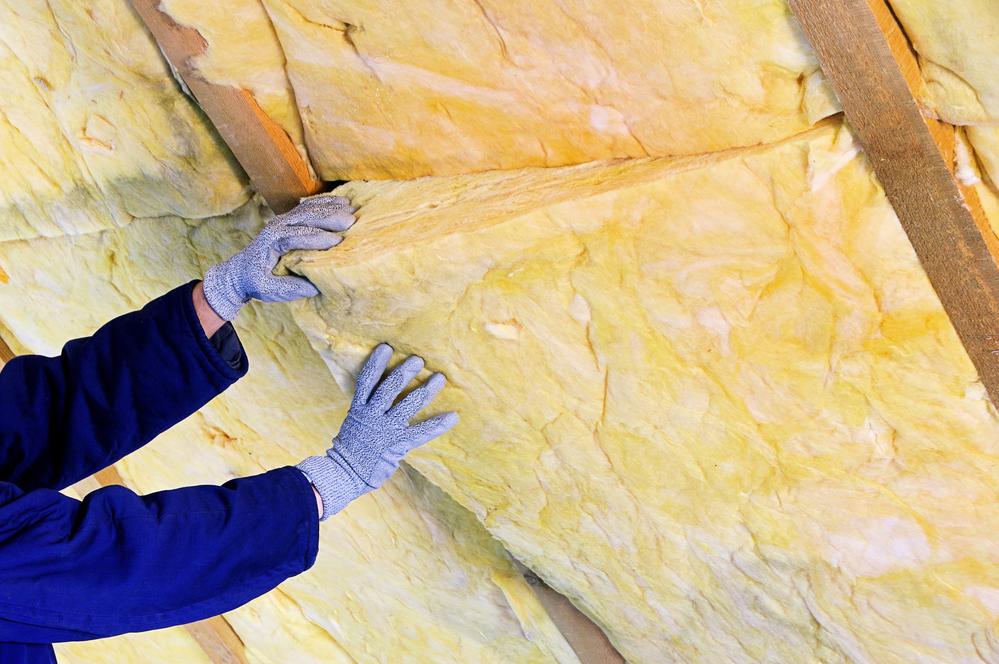There are many components that make up a roof, but insulation is one of the most crucial ones. It works incredibly hard to keep your house efficient and pleasant, especially in the scorching summers of Las Vegas. Your home should have the best insulation possible. It regulates noise in your home, stops drafts, lowers utility costs, and guards against mildew and fire. With all of the benefits of effective insulation, it’s important to know how to choose high-quality materials. There are a few considerations to remember when choosing between blown-in and spray foam.
What Is Insulation That Blows In?
Materials used for blown-in roof insulation are either cellulose or fiberglass. The efficiency with which a substance works to keep heat inside and outside of your home is measured by its R-value. Cellulose material may settle after installation, reducing its R-value.
Your attic’s hard-to-access nooks and crannies are filled with blown-in insulation. It is made with recycled materials, which are better for the environment. Because it is more airtight than rolled batting, blown-in is resistant to fire and mold.
FOAM SPRAY: WHAT IS IT?
After being sprayed, the polyurethane in spray foam expands and hardens. As it expands, it fits precisely into the size and shapes of the area. Spray foam is a great option for preventing drafts and lowering heat transmission because, as a result of its expansion, all cracks and holes are sealed.
There are two types of spray foam: closed cell and open cell. Closed cells have a substantially higher R-value than open cells. Closed cell foam entirely seals out air and moisture since the cells are completely encapsulated. Open cells, which are not entirely enclosed, are not like this. This enables the foam to spread and cover more ground than closed-cell foam.
CONSIDERATIONS FOR CHOOSING A MATERIAL
Both blown-in and spray foam insulation are great options, but one may be preferable to the other based on your home’s needs and price range.
COST
Blown-in insulation is less expensive than spray foam since recyclable materials are employed in its production. An insulation expert can provide you with an estimation for each type of insulation based on your area, region, and house needs.
LONGEVITY
You want your home improvement project to last as long as possible when you invest in it. Both blown-in and spray foam insulation have a longer useful life. Both insulating types have a lifespan of well over 50 years.
R-VALUE
R-Value is undoubtedly one of the most important elements to take into account when selecting an insulation type, as we already discussed. A home with a higher R-value has better insulation, which means reduced utility costs and a cozier atmosphere overall. Depending on where you live, a high R-value may be more or less necessary, but a higher R-value always increases a home’s efficiency. Spray foam has the highest R-value per area because of its ability to seal and expand.
You’ll need strong roof insulation to keep your house comfortable and energy-efficient. Other great options include blown-in insulation and spray foam. A skilled professional from Rhino Roofing in Las Vegas can give you advice on the best solutions for your house and financial situation.
GET IN TOUCH
Contact Rhino Roofing right away if your insulation needs to be replaced or if you just want to make an improvement to reduce your utility costs. We can schedule a consultation to assist you in determining which choice is best for you.


